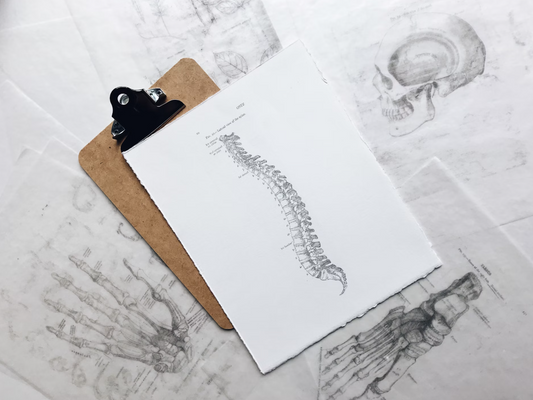Are you constantly feeling tired, sluggish, or drained of energy? Fatigue can be overwhelming, but the good news is that simple breathing exercises can help restore your vitality and boost your energy levels. In this article, we’ll explore breathing practices designed to combat fatigue and help you feel more energized, focused, and refreshed.
Why is Breathing Important for Fatigue?
When we’re stressed, anxious, or fatigued, our breathing tends to become shallow and irregular, depriving our bodies of the oxygen they need. By practicing deep, mindful breathing, we can stimulate the body’s relaxation response, increase oxygen intake, and reduce tension. These practices can help break the cycle of fatigue, improving both mental and physical energy levels.
Simple Breathing Practices to Combat Fatigue
1. Deep Belly Breathing (Diaphragmatic Breathing)
How it works: Deep belly breathing activates the diaphragm, promoting relaxation and helping to reduce stress and fatigue. By breathing deeply into the abdomen, you increase oxygen flow to your body and calm your nervous system.
How to do it:
Sit or lie down comfortably. Place one hand on your chest and one on your abdomen. Breathe in slowly and deeply through your nose, letting your stomach rise (not your chest). Exhale slowly through your mouth, allowing your stomach to fall. Focus on the rise and fall of your abdomen, aiming for a slow, steady rhythm. This exercise will help you feel calm and replenished.
2. 4-7-8 Breathing
How it works: The 4-7-8 breathing technique is a powerful method for calming the mind and body. It promotes deep relaxation, making it effective in reducing stress and restoring energy.
How to do it:
Sit or lie down in a comfortable position. Close your eyes, and inhale through your nose for a count of 4. Hold your breath for a count of 7, and then exhale slowly through your mouth for a count of 8. Repeat this cycle 3-4 times. This simple practice can help reduce anxiety and fatigue, leaving you feeling more focused and energized.
3. Box Breathing for Vitality
How it works: Box breathing, also known as four-square breathing, helps increase oxygen intake, calms the nervous system, and promotes a sense of balance and energy.
How to do it:
Sit or stand with your back straight. Inhale through your nose for a count of 4, hold your breath for a count of 4, exhale through your mouth for a count of 4, and hold again for a count of 4 before inhaling again. Repeat for several minutes. This practice increases mindfulness and focus, helping to fight fatigue and restore energy.
4. Alternate Nostril Breathing (Nadi Shodhana)
How it works: Alternate nostril breathing is a calming, balancing technique that purifies the mind and body. It helps release pent-up stress and revitalizes the body by restoring the flow of energy.
How to do it:
Sit comfortably with a straight spine. Close your right nostril with your thumb, inhale deeply through your left nostril, then close your left nostril with your ring finger. Open your right nostril and exhale fully. Inhale through your right nostril, close it with your thumb, and exhale through the left. Continue alternating for 5-10 rounds, breathing slowly and deeply. This technique can help restore mental clarity and physical vitality.
Benefits of Breathing Practices for Fatigue
Regular practice of these breathing exercises can offer numerous benefits:
- Reduced fatigue by promoting relaxation and improving oxygen flow to vital organs.
- Increased energy by enhancing oxygen intake and improving circulation.
- Reduced stress through calming techniques that activate the body’s parasympathetic nervous system.
- Enhanced mental clarity by increasing blood flow to the brain and improving focus.
- Better sleep quality by reducing anxiety and promoting a sense of calm.
Tips for Practicing Breathing Exercises
- Consistency is key: Make these exercises part of your daily routine, even if it’s just for 5-10 minutes each day. Over time, you’ll notice the cumulative benefits of increased energy and vitality.
- Find a quiet space: Choose a calm environment where you won’t be distracted, helping you focus on your breathing.
- Be patient: It may take time for you to feel the full benefits of these exercises, but with regular practice, they’ll become more effective.
- Listen to your body: Always practice breathing techniques in a way that feels comfortable to you. If any exercise feels uncomfortable, stop and try again later or adjust the method slightly.
A Few Final Thoughts
Breathing is one of the simplest and most effective ways to combat fatigue and restore your vitality. By incorporating these breathing exercises into your daily routine, you can support your physical and mental health, reduce stress, and increase your energy levels. Remember, breathing is a tool that’s always available to you—use it wisely, and it can become one of your greatest allies in fighting fatigue.




